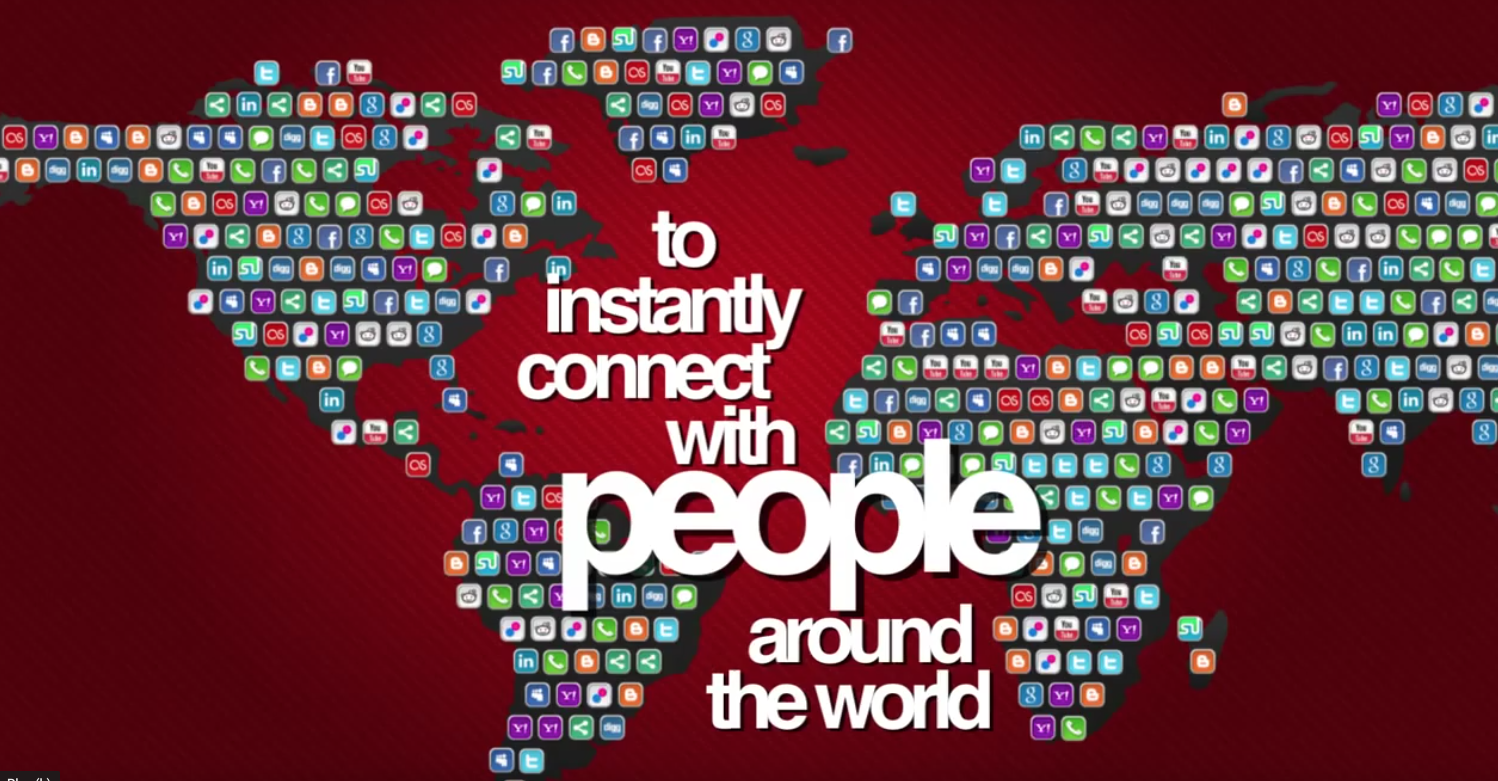Summary
An introduction to personal event networks, how they work, and why they create value.

(click to play video)
Over the past 15 years, the Web has profoundly and irreversibly changed our lives. Social products and services, or more simply social things, will affect us even more. Everything that can be connected to the Internet will be. We're already seeing early examples of this:
- My Tivo is online
- The Nest thermostat has a Wi-Fi connection
- So do the Withings scale and a Samsung refrigerator.
But what happens after every thing is online? Will they merely connect to the Internet or will they work together? And how will we tell them what we want them to do?
Consider the Tivo. It's online--connected to the Internet. My Tivos talk to each other and to Tivo, but nothing else. If I want my phone to automatically go to voicemail whenever I start a movie, I'm left to hope that Tivo and the phone manufacturer somehow cut a deal. You can see how ludicrous that is to even imagine.
What's more, we might conceive of each having an API, and tying them together with an iPhone app, but that only works when I use the app. It won't work when I use the Tivo remote because rather than my Tivo and my phone working together, they're both being controlled by an app. What's more, we're missing some of the most important interactions if things have to be invited to each conversation. Imagine every thing you own online. You won't have time to wire them all together. You won't want to have to initiate all of the interactions between your products. You'll want them to speak up when something important happens. APIs are like phones that don't ring. They never call.
The answer to this problem is an event network. Unlike a typical request-response API, evented products and services signal when something happens rather than waiting to be asked. They are real-time and dynamic. Event-driven systems are more loosely coupled, allowing everyone to play and thus enable an any-to-any world without requiring upfront, one-to-one relationships. An any-to-any world can't be built on a foundation of one-to-one relationships. Event networks span the silos that modern Web services create. More importantly, event networks can bridge the world of connected products and online services making them work together. Any to Any world can't be done with one-to-one relationships.
What's needed is a personal event network. Think of it as a personal cloud that knows about me and sees events--signals that something happened--from all the products and services I use. Apps in my personal event network use those events, my preferences, and what's happened previously to personalize my interactions with products and services and to orchestrate cooperating groups of products and services.
When products and services start working together to accomplish our purpose, reacting to gestures that signal our intent, many of the mundane tasks of our daily lives can be automated. People will see more value from the things they use everyday.
Let me show you how evented products and services make one person's life simpler for just one use case: business travel. Watch this five-minute video. I'll wait...
Phil's travel experience shows the power of a personal event network. Now imagine hundreds, even thousands, more use cases in a world where millions of things are online. The possibilities are only bounded by your imagination as you mix and match online products and services.
The personal event network and apps that run on it are real--they exist today. There is an open specification for adding events to APIs. Kynetx has spent the last 5 years working on the concepts that enable personal event networks. Kynetx has built and open sourced the personal event network platform a reality.




